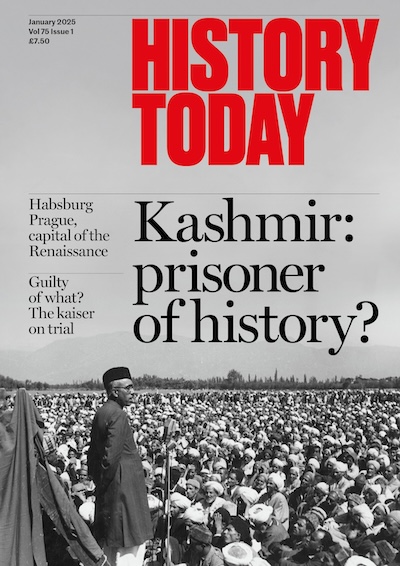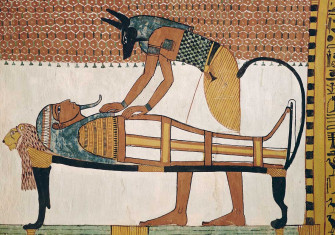A Life of Retirement
The Roman veterans village of Karanis in Egypt did not change the world. Its ordinariness is what makes it remarkable.

Nothing really prepares you for the moment when your drive through the arid desert is interrupted by the looming presence of an oasis. Leaving Cairo, the road takes you 40 minutes southwest through a desolate landscape with only a few industrial buildings and police check points. This all changes when the ground becomes awash with vibrant hues of green: grasses and enormous trees. It is not hard to know when you have entered Faiyum, a fertile area fed by the Bahr Yussef, an ancient canal that still connects the region to the Nile. As the desert becomes an oasis, a rather innocuous sign can be seen on the side of the road: Kom Aushim, or as it was known during the Graeco-Roman period, Karanis.







